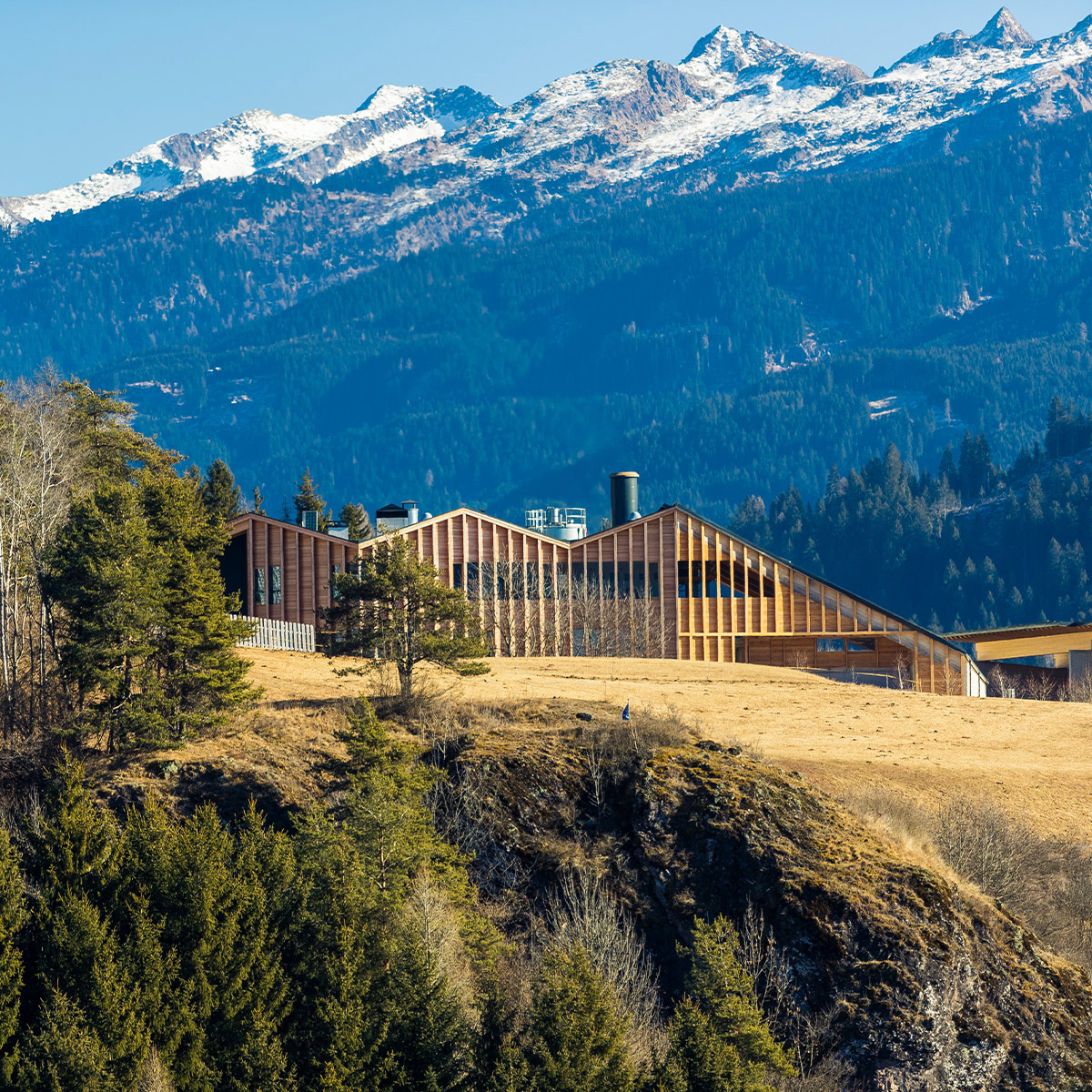
Knowing places, interpreting change
Abstract
Working in a context with a strong character such as the Alpine territories, but also other locations, leads to dealing face-to-face with the elements that influence the project. Natural morphology, together with anthropic transformations, provide references and opportunities for inspiration which allow us to give significance to the new elements we introduce. In their projects, Weber+Winterle deem it necessary to identify forms and building techniques deeply rooted in the reality in which they are hosted, so that they become essential and indispensable. Besides, they also consider it fundamental to establish a connection with the context: in particular, they develop an awareness of historical events, the evolution of the architectural language and, as a result, the transformations of the landscape. In this sense, the act of “designing in the mountains” represents a sort of “comfort zone” to them. Working on slopes, exploiting the opportunity to define different and articulated access systems; dealing with an ever-present background which, whether enhanced or neglected, becomes part of the project; confronting the different points of view required by a three-dimensional landscape; investigating the building techniques and the settlement modalities passed down through the ages. These are some of the topics that W+W consider familiar, and that are part of their memories, not only professional but also personal, since both of them were born and raised in the mountains.







